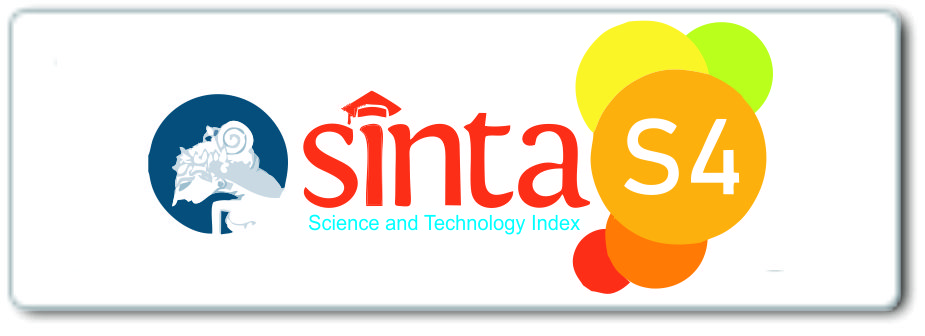Physical Activity and Blood Glucose Levels in Diabetes Mellitus Patients
DOI:
https://doi.org/10.29082/IJNMS/2023/Vol7/Iss2/483Abstract
Diabetes mellitus is a metabolic disease characterized by hyperglycemia. One of the risk factors and management of patients with diabetes mellitus is physical activity which can control blood glucose levels. This study aimed to determine the relationship between physical activity and blood glucose levels. The study design used correlation analysis with a cross-sectional approach. The population in this study was all type 2 diabetes mellitus patients at Abdoel Moeloek General Hospital Lampung. The sample used in this study was 52 respondents with consecutive sampling techniques. The research instrument for measuring physical activity was the physical activity level (PAL), and blood glucose level was measured using a glucometer, and data was analyzed using the Spearman Rho Test. The results showed that 32 respondents (61.5%) had mild physical activity, and 41 respondents (78.8%) had high blood glucose levels. The results showed a significant relationship between physical activity with blood glucose levels (p value=0,000; α<0,05) in patients with diabetes mellitus at the Abdoel Moeloek General Hospital, Lampung. Physical activity can help the body to lower blood glucose by way of metabolism involving glucose stored in the muscles so that glucose in the blood will fill the glucose vacancies in the muscles. Higher the physical activity in patients with diabetes mellitus, the lower the glucose level.
Downloads
Downloads
Published
Issue
Section
License
Authors who publish with IJNMS agree to the following terms
- Authors retain copyright licensed under a Creative Commons Attribution-ShareAlike 4.0 International License that allows others to share the work non-commercially with an acknowledgement of the work's authorship and initial publication in this journal.
- Authors are permitted and encouraged to post their work online (e.g., in institutional repositories or on their website) prior to and during the submission process, as it can lead to productive exchanges, as well as earlier and greater citation of published work (See The Effect of Open Access). Authors can archive pre-print and post-print or publisher's version/PDF.









_IJNMS.png)






